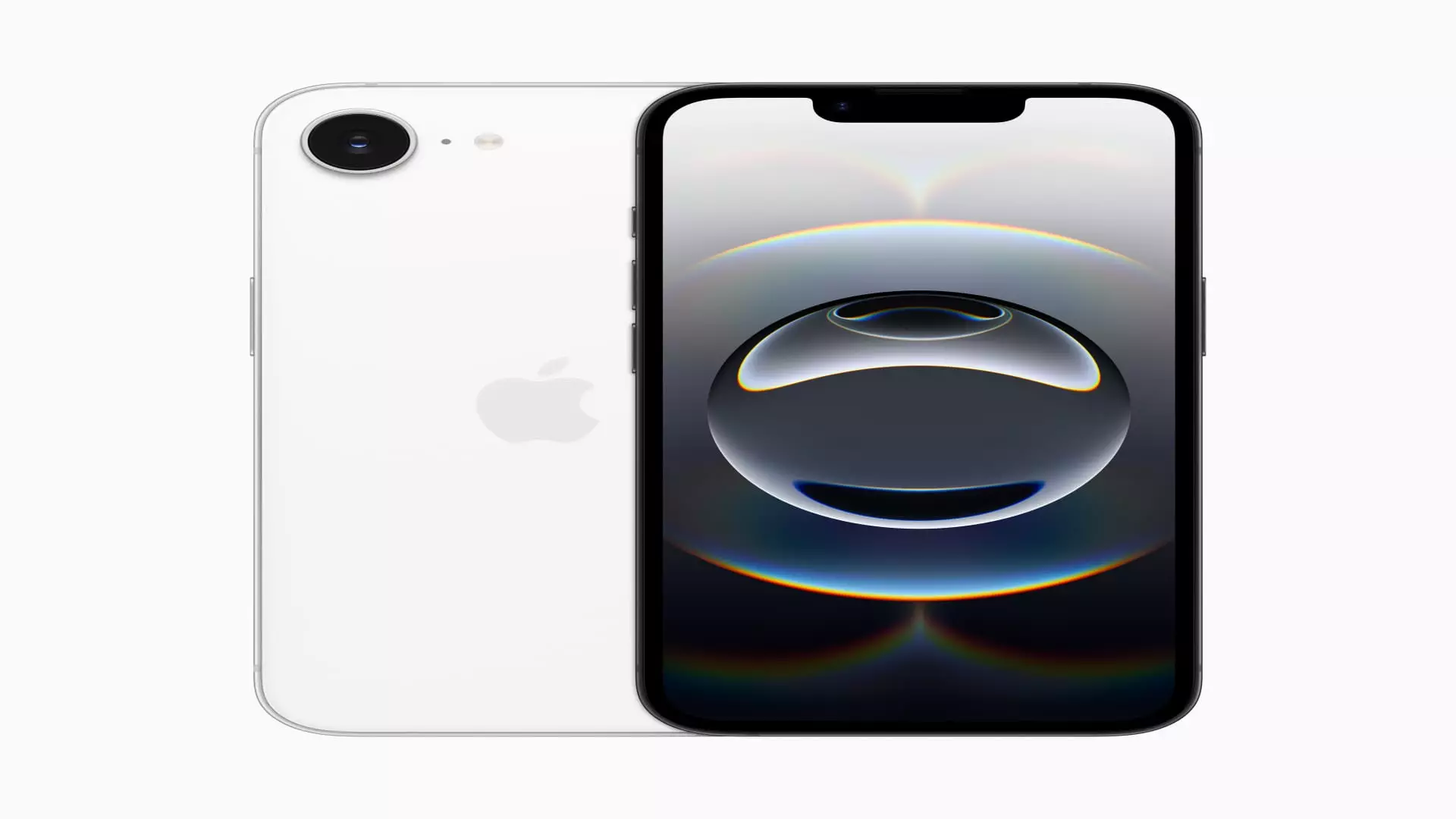The recent debut of the iPhone 16e has stirred a significant conversation in the tech world, particularly concerning Apple’s shift away from fingerprint technology, traditionally known as Touch ID. Instead, the tech giant has opted to enhance its focus on facial recognition—specifically, Face ID—for its latest budget-friendly smartphone release. This transition underscores Apple’s strategy to streamline biometric authentication methods, catering to a growing consumer preference for face-based identification systems. Joe Palmer, the Chief Innovation Officer at iProov, articulates that this shift aligns with the instinctive human experience of unlocking devices, which can happen upwards of a hundred times a day. Despite this move, there remains skepticism amongst cybersecurity experts regarding the viability and future return of fingerprint technology.
Although Apple has made a significant pivot with the iPhone 16e, experts suggest that fingerprint technology is far from obsolete. Touch ID continues to be incorporated into various iPad models, and a reintroduction to future iPhones isn’t out of the question. Analysis of Apple’s history reveals that the company was awarded a patent years ago for under-display fingerprint scanning technology—a signal indicating that they are still committed to improving this capability. The expectation is that should Apple refine its fingerprint technology to work seamlessly under the display, it will likely reestablish Touch ID in its smartphone lineup.
Consumer perspective also plays a critical role in this discourse. Palmer notes that many users appreciate having a choice in biometric authentication. For instance, some people opt for facial recognition on their Android devices while utilizing fingerprint scanning for payment authentications. This desire for flexible options suggests a potential market for devices that incorporate both methods of authentication—creating a competitive edge for companies willing to explore hybrid solutions.
Several compelling reasons justify Apple’s recent decision to favor Face ID over Touch ID. A key advantage of facial recognition is its adaptability; it is engineered to recognize changes in a user’s appearance, making it highly versatile. Analysts like Roger Grimes acknowledge this design ethos, emphasizing that Face ID integrates smoothly with various lifestyle elements like hats, glasses, and even face masks—an especially crucial aspect since the advent of the COVID-19 pandemic.
Additionally, the aesthetic dimensions of smartphone design are also driving this shift. Consumers increasingly prioritize larger display screens, causing brands like Apple to rethink how they incorporate biometric technology without hindering the user experience. Touch ID technology, which has often consumed physical space in previous phone iterations, has become increasingly untenable in the face of the modern demand for edge-to-edge screens.
Despite Apple’s pivot, fingerprint technology remains popular among Android devices, illustrating that consumer preferences are not monolithic. Devices from manufacturers like Google and Samsung continue to incorporate fingerprint authentication alongside facial recognition features, often appealing to different user xpectations. The Pixel series, for example, enables users to secure their devices through several biometric methods, including facial recognition tied to app authorizations and payments.
There’s a consensus among technology experts, including Jean Fang from Fime, that fingerprint scans are still a robust method of security, especially given their affordability and efficiency compared to alternatives like iris or palm scans. It’s clear that even as companies innovate around facial recognition, fingerprint scanning technology retains its place in the biometric dialogue.
Every form of biometric authentication has its strengths and weaknesses. While fingerprint scanners may falter in conditions of moisture or wear, facial recognition technologies also face their own set of hurdles, particularly as adversarial technologies evolve. The rise of deepfake technology, for example, raises concerns over the reliability of facial recognition systems, challenging their application in high-security environments.
Despite these challenges, it is essential to recognize why fingerprint and facial recognition technologies are poised to dominate the biometric landscape moving forward. Historical explorations into more unconventional forms of identification have often faltered due to practical limitations; for instance, attempts to use scent as a means of authentication floundered when unaccounted for variables like diet surfaced. This brings us back to the core considerations of cost, convenience, and security—elements that dictate the feasibility of any biometric system in real-world applications.
As biometric authentication continues to evolve, the future holds the potential for a blend of technologies. Innovations in under-display fingerprint technologies could usher in a new era where users enjoy the benefits of both Touch ID and Face ID within a single device. Ultimately, consumer demand for efficacy and security will guide these developments, forcing companies to strike a balance between embracing cutting-edge technology and delivering practical solutions for everyday users. As industries navigate this delicate balance, the trends we observe today will likely shape the landscape of biometric authentication for years to come.

